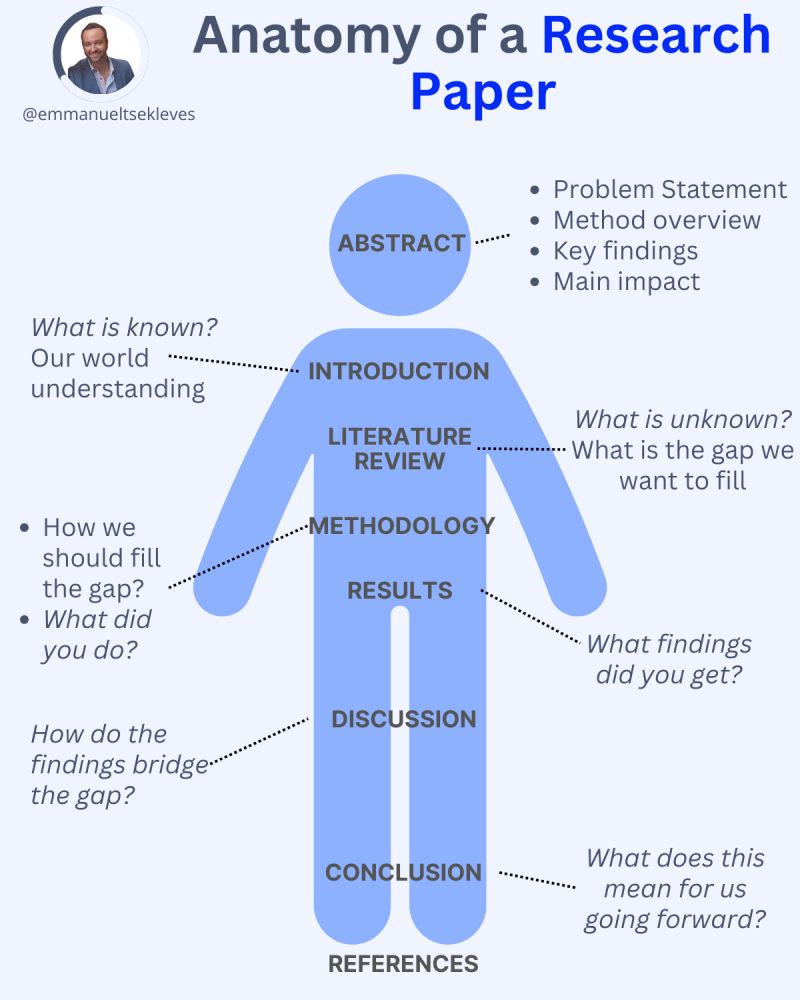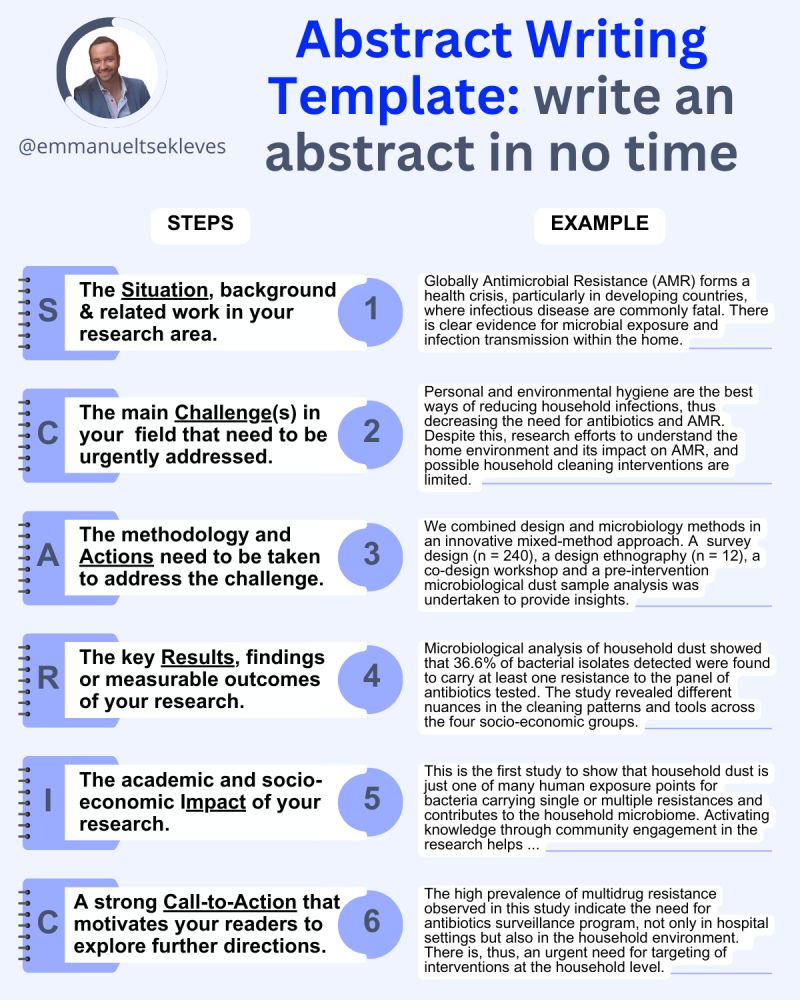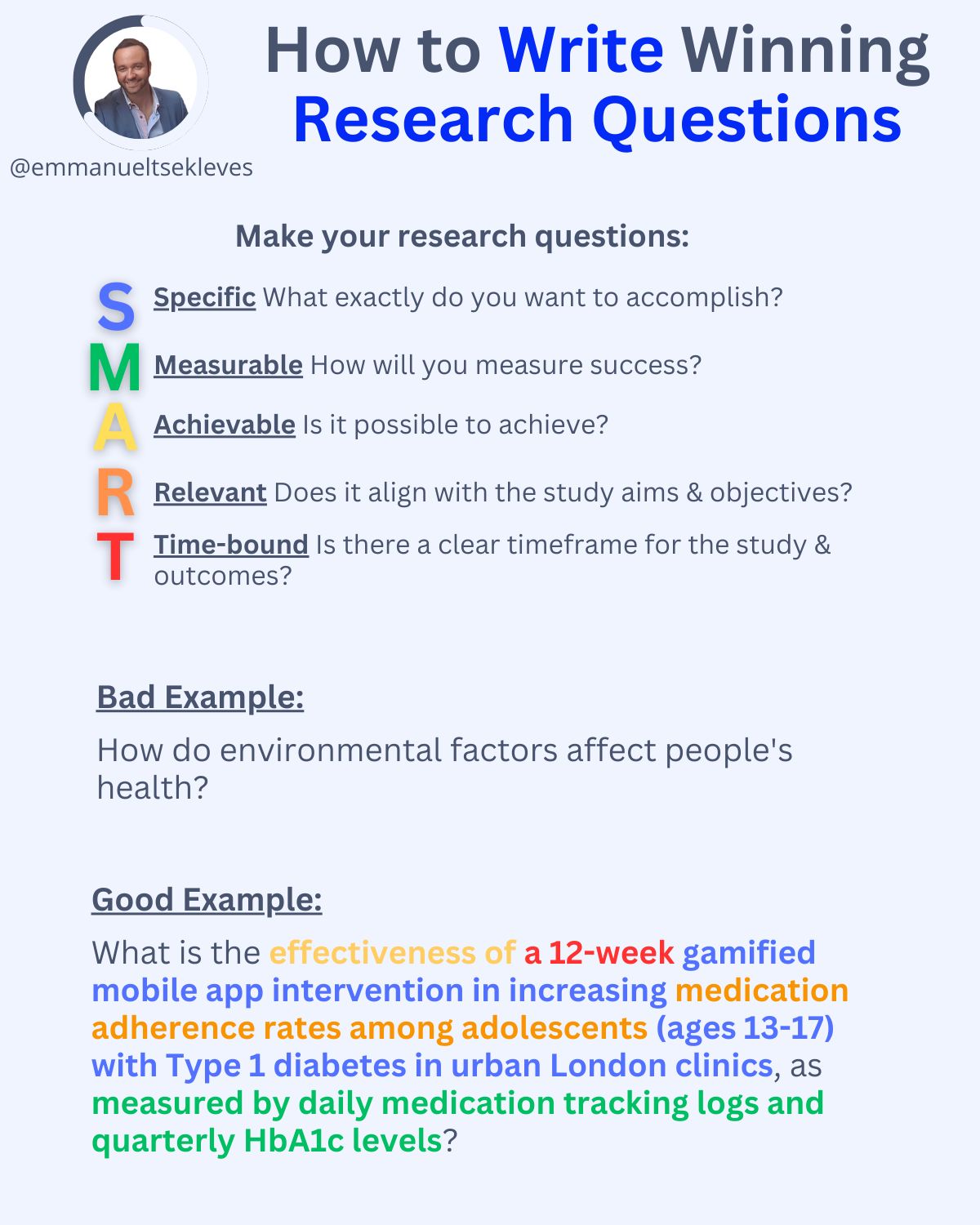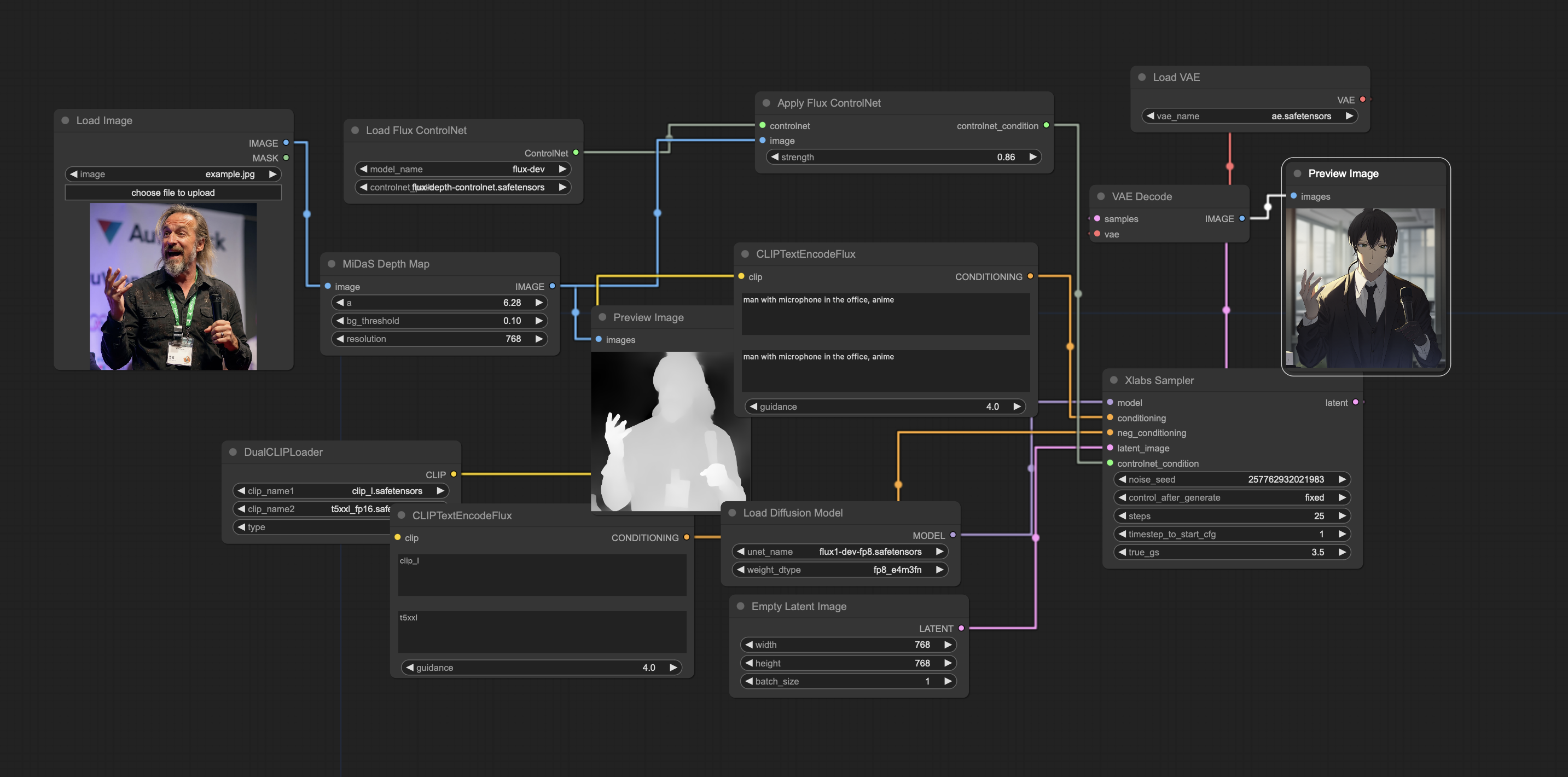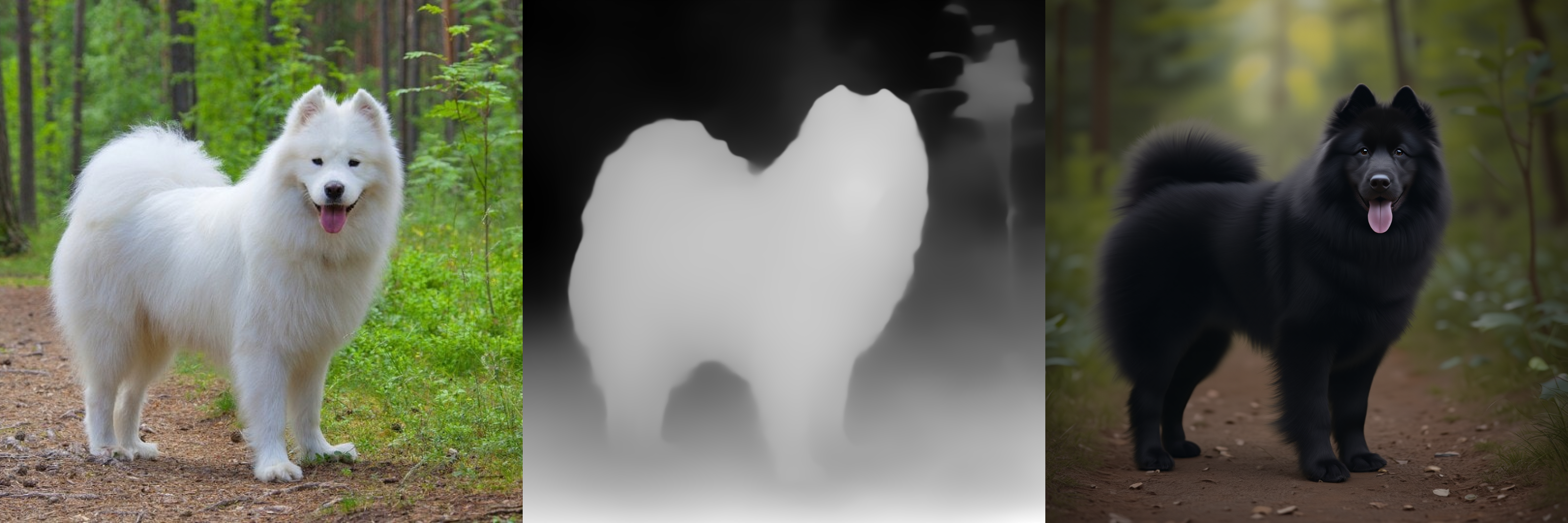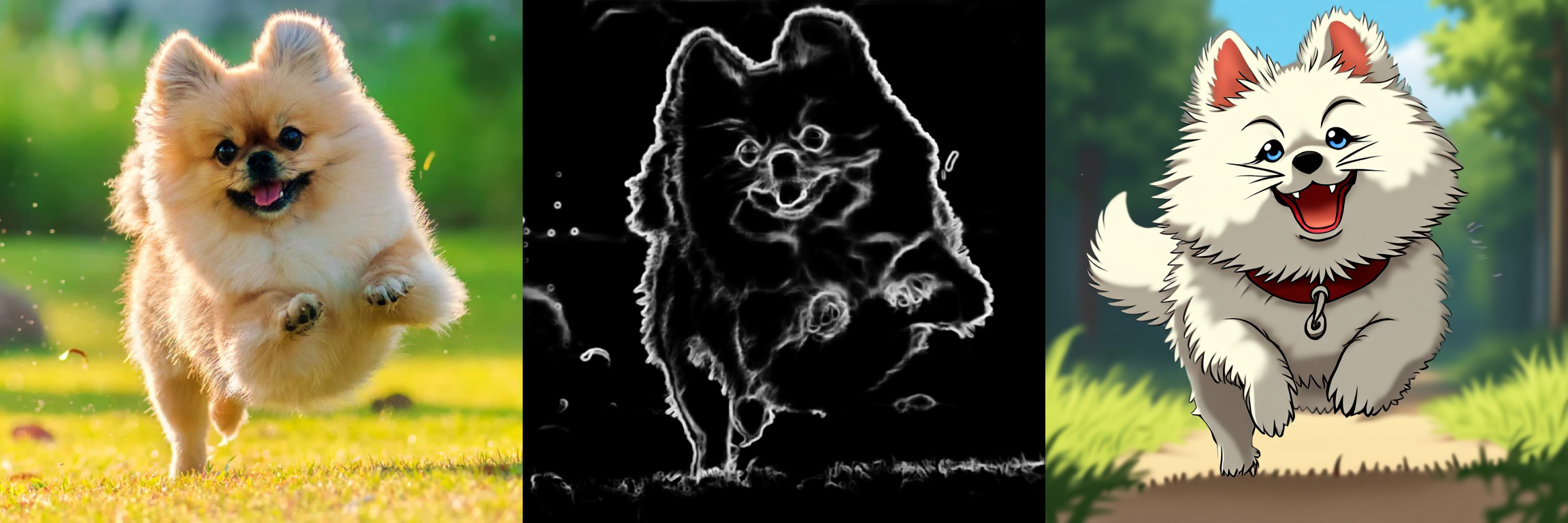BREAKING NEWS
LATEST POSTS
-
AI Risk Repository – What are the risks from Artificial Intelligence?
The AI Risk Repository has three parts:
- The AI Risk Database captures 700+ risks extracted from 43 existing frameworks, with quotes and page numbers.
- The Causal Taxonomy of AI Risks classifies how, when, and why these risks occur.
- The Domain Taxonomy of AI Risks classifies these risks into seven domains (e.g., “Misinformation”) and 23 subdomains (e.g., “False or misleading information”).
-
AI and the Law – Artists Score Major Win in Copyright Case Against AI Art Generators
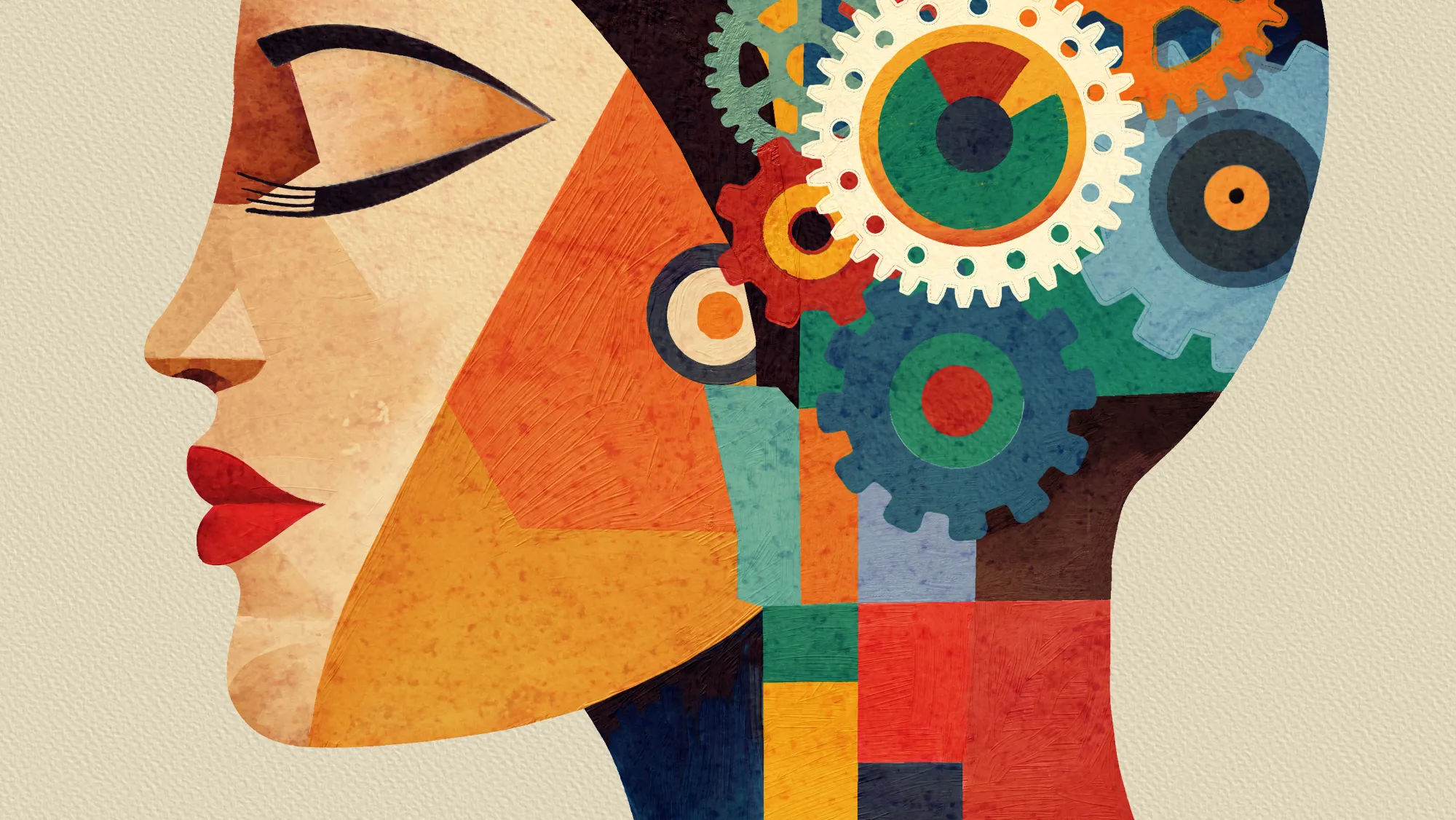
The court declined to dismiss copyright infringement claims against the AI companies. The order could implicate other firms that used Stable Diffusion, the AI model at issue in the case. The case will move forward to discovery, where the artists could uncover information related to the way in which the AI firms harvested copyrighted materials that were then used to train large language models.
-
Tokyo Prime 1 Studio 2022 + XM Studios Boots | Batman, Movies, Anime & Games Statues and Collectibles
nearly 140 statues at the booth from licenses including DC Comics, Lord of the Rings, Uncharted, The Last of Us, Bloodborne, Demon Souls, God of War, Jurassic Park, Godzilla, Predator, Aliens, Transformers, Berserk, Evangelion, My Hero Academia, Chainsaw Man, Attack on Titan, the DC movie universe, X-Men, Spider-man and much more
-
Anne-Laure Le Cunff – The Curse of Knowledge
The Curse of Knowledge is a cognitive bias that occurs when someone incorrectly assumes that others have the same or enough background to understand each other.
You can avoid the negative effects of the curse of knowledge by constantly questioning your assumptions as to how much exactly your audience knows.
- Get to know your audience
- Simplify your language
- Use storytelling
- Show, don’t tell
- Engage in active teaching
-
AI image generators could be their own demise due to inbreeding
A paper by computer scientists Matyas Bohacek and Hany Farid with the catchy title ‘Nepotistically Trained Generative-AI Models Collapse‘ shows that training AI image generators on AI images quite quickly leads to a deterioration in the quality of output. Farid likened the phenomenon to inbreeding. “If a species inbreeds with their own offspring and doesn’t diversify their gene pool, it can lead to a collapse of the species,” he said.
https://www.creativebloq.com/ai/ai-art/research-shows-ai-image-generators-could-be-their-own-demise
https://arxiv.org/pdf/2311.12202
-
Public Work – A search engine for free public domain content
Explore 100,000+ copyright-free images from The MET, New York Public Library, and other sources.
FEATURED POSTS
-
Emmanuel Tsekleves – Writing Research Papers
Here’s the journey of crafting a compelling paper:
1️. ABSTRACT
This is your elevator pitch.
Give a methodology overview.
Paint the problem you’re solving.
Highlight key findings and their impact.
2️. INTRODUCTION
Start with what we know.
Set the stage for our current understanding.
Hook your reader with the relevance of your work.
3️. LITERATURE REVIEW
Identify what’s unknown.
Spot the gaps in current knowledge.
Your job in the next sections is to fill this gap.
4️. METHODOLOGY
What did you do?
Outline how you’ll fill that gap.
Be transparent about your approach.
Make it reproducible so others can follow.
5️. RESULTS
Let the data speak for itself.
Present your findings clearly.
Keep it concise and focused.
6️. DISCUSSION
Now, connect the dots.
Discuss implications and significance.
How do your findings bridge the knowledge gap?
7️. CONCLUSION
Wrap it up with future directions.
What does this mean for us moving forward?
Leave the reader with a call to action or reflection.
8️. REFERENCES
Acknowledge the giants whose shoulders you stand on.
A robust reference list shows the depth of your research.